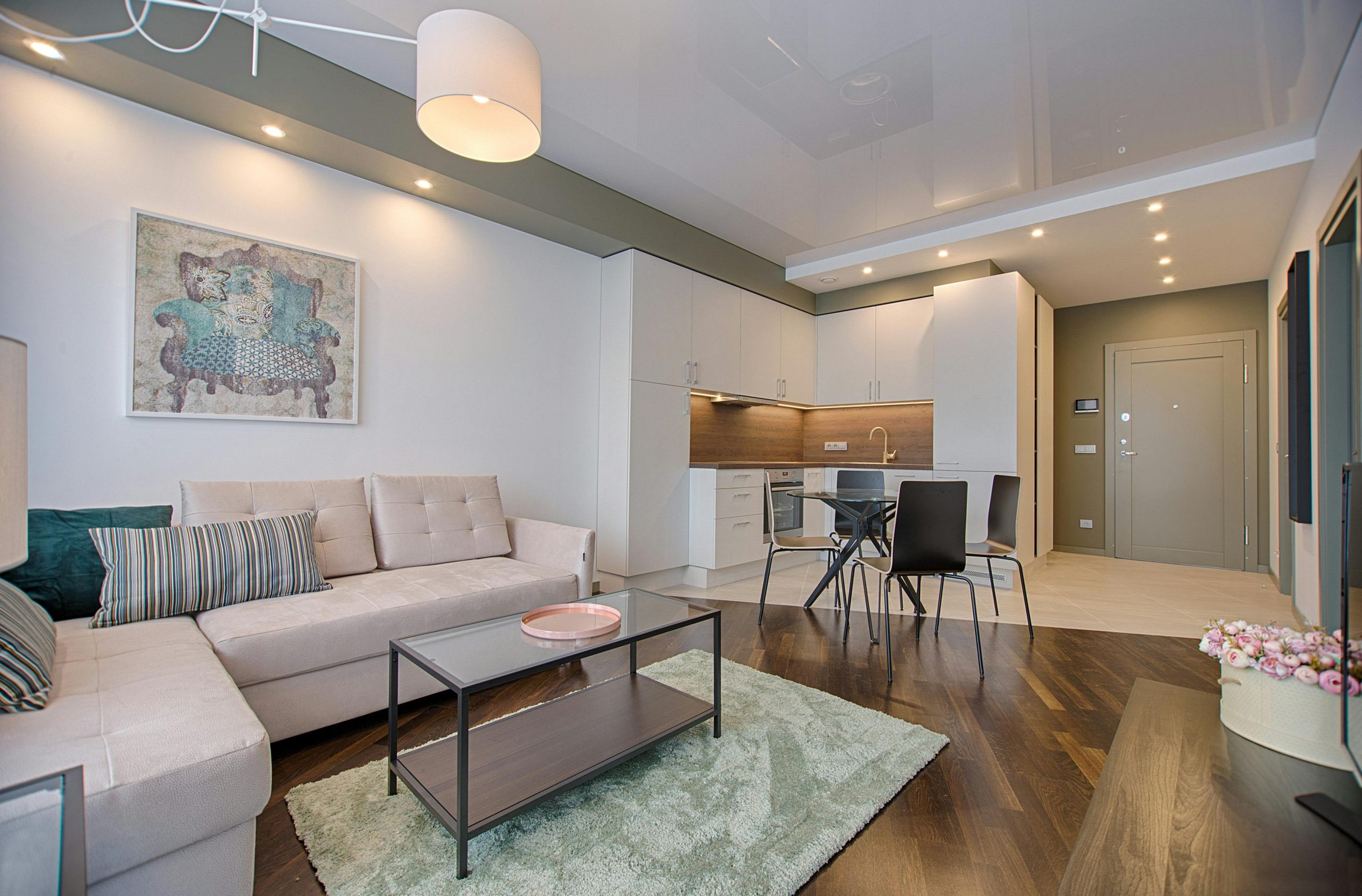Discover how professional interior decorators transform everyday spaces into personalised havens that blend style, function and comfort. Learn the key differences between decorators and designers, explore tailored services, and find expert guidance that fits your budget and lifestyle. This fresh perspective reveals how accessible, stress-free design can elevate your home and boost its value, all while reflecting your unique personality.
Overview of What an Interior Decorator Does
Sabrinamontecarlo.com showcases how interior decorators focus on planning and enhancing both personal and professional spaces. They coordinate colors, furniture, and accessories to create harmonious environments, delivering personalized results that align with clients’ visions.
In the same genre : Transform your uk bedroom into a tranquil zen oasis: top tips for ultimate relaxation
Unlike interior designers, decorators primarily work on aesthetics without delving into structural changes or technical building aspects. Their key services include space planning, color consultations, furniture selection, and styling. For example, choosing trending hues or arranging furniture for optimal flow.
For those interested in entering the field, multiple routes exist: courses, apprenticeships, or self-study. Essential skills include creativity, attention to detail, and proficiency with design software. Daily tasks range from client consultations to sourcing items and final setup, often in various environments, from homes to offices.
Also to see : Transform your uk master suite: 10 chic tips for designing a luxurious en-suite oasis
Understanding these roles aids in selecting the right path—whether as a hobbyist or a professional. A clear path can transform a passion for aesthetics into a rewarding career.
How to Hire and Work with an Interior Decorator
Evaluating a professional home makeover advice provider involves reviewing credentials, design portfolio, and recent client consultation strategies. Examine their work samples for diversity in modern room layouts and personalized space planning. Interview the interior decorator carefully during the initial meeting; compatibility in style and process matters. Discuss decorating budget management up front to ensure the decorator’s approach aligns with your price range.
Clarify your preferred decorating trends and modern decor inspirations so the decorator can tailor solutions, whether focusing on residential interiors consultation or office decoration strategies. Ask about experience with city-specific design ideas, especially if you seek input on UK design trends or local design services. Trust only interior decorators who structure their process with clear project scope and collaborative, transparent communication.
The Design Process from Consultation to Completion
A seasoned interior decorator initiates with a design brief, gathering details about home design ideas and creative color schemes. After concept development, expect moodboards and layout planning leveraging virtual room modeling or other interactive design platforms. The next steps are furniture arrangement tips, precise procurement guidance, and scheduling of delivery and installation.
Technology, such as interior design software tools and 3D visualizations, offers visual previews of finalized modern room layouts that reflect your desired style. For most projects, this process—from initial meetings to final walkthrough—takes two to four weeks per room, with express options for tighter schedules.
Costs, Pricing, and Budget Management
Understanding the financial structure is essential. Interior decorators may charge fixed packages, hourly rates, or a percentage-based model. Transparent decorators prioritize client project management with ongoing budget updates, helping you select sustainable interior design tips or budget-friendly decorating ideas. Investing in professional guidance, as opposed to DIY, saves time and elevates both function and value in your space.
Ask for itemized estimates tailored to your chosen scope—whether for luxury decor brands, stylish storage solutions, or budget renovation advice. By engaging a decorator skilled in client consultation strategies and decorating budget management, you support seamless project execution and maximum return on investment.
Inspiration, Trends, and Resources for Interior Decoration
Current decorating trends span modern, minimalistic, and eclectic influences, with sustainable interior design tips gaining traction across UK design trends and city-specific design ideas. Home design ideas often spotlight creative color schemes and stylish storage solutions, while luxury interior design tips and vintage decor styles enable deep personalization. For living room styling tips, layering textures—think bespoke furniture suggestions, coordinated accent wall ideas, and decorative plant usage—encourages a balanced mix of comfort and style.
Personalized space planning is at the core of residential interiors consultation and office space decoration. Furniture arrangement tips, window treatment ideas, and modern room layouts support organizing even small apartments with space optimization techniques and budget-friendly decorating solutions. Seasonal decor changes and color psychology for interiors can update the ambiance throughout the year.
Online tools and resources, such as moodboard platforms, enable interactive design platforms that guide both home renovation planning and virtual design assistance. These are reinforced by decorating software and apps, making modern decor inspirations accessible for pros and DIY enthusiasts. For DIY decorating projects and sustainable furniture sourcing, referencing top decor magazines and blogs can keep your decorating career opportunities at the cutting edge of trend forecasts in decoration.





